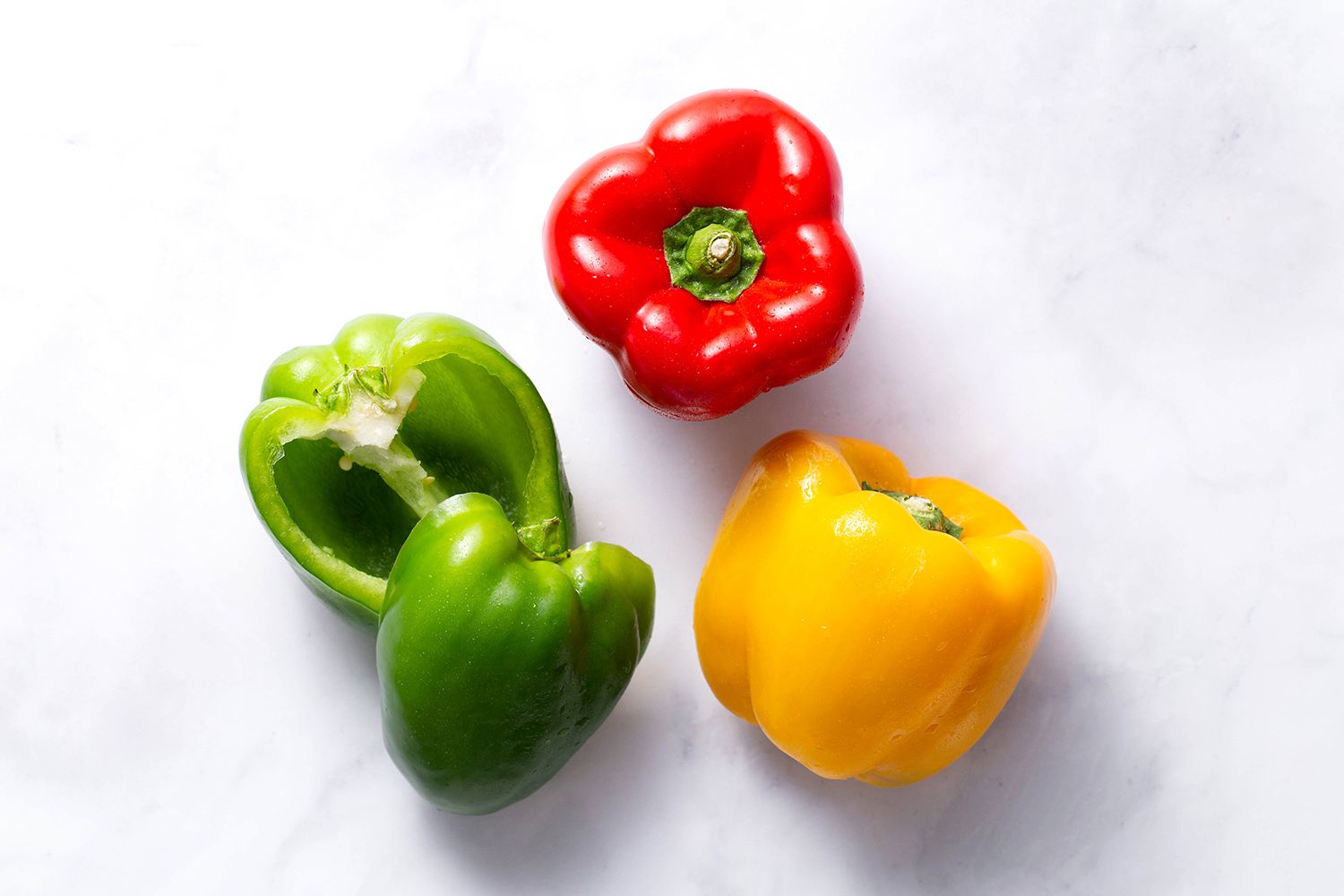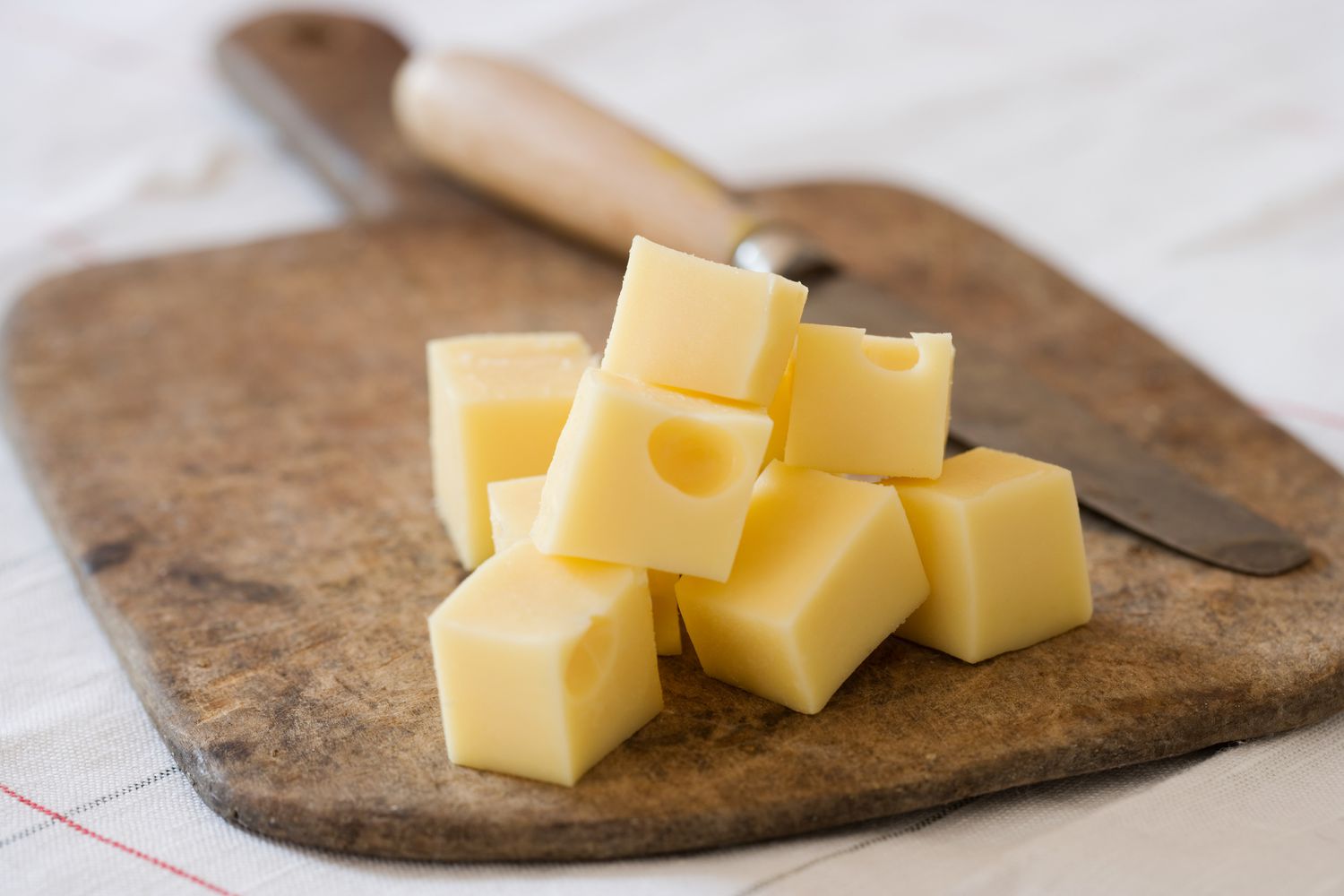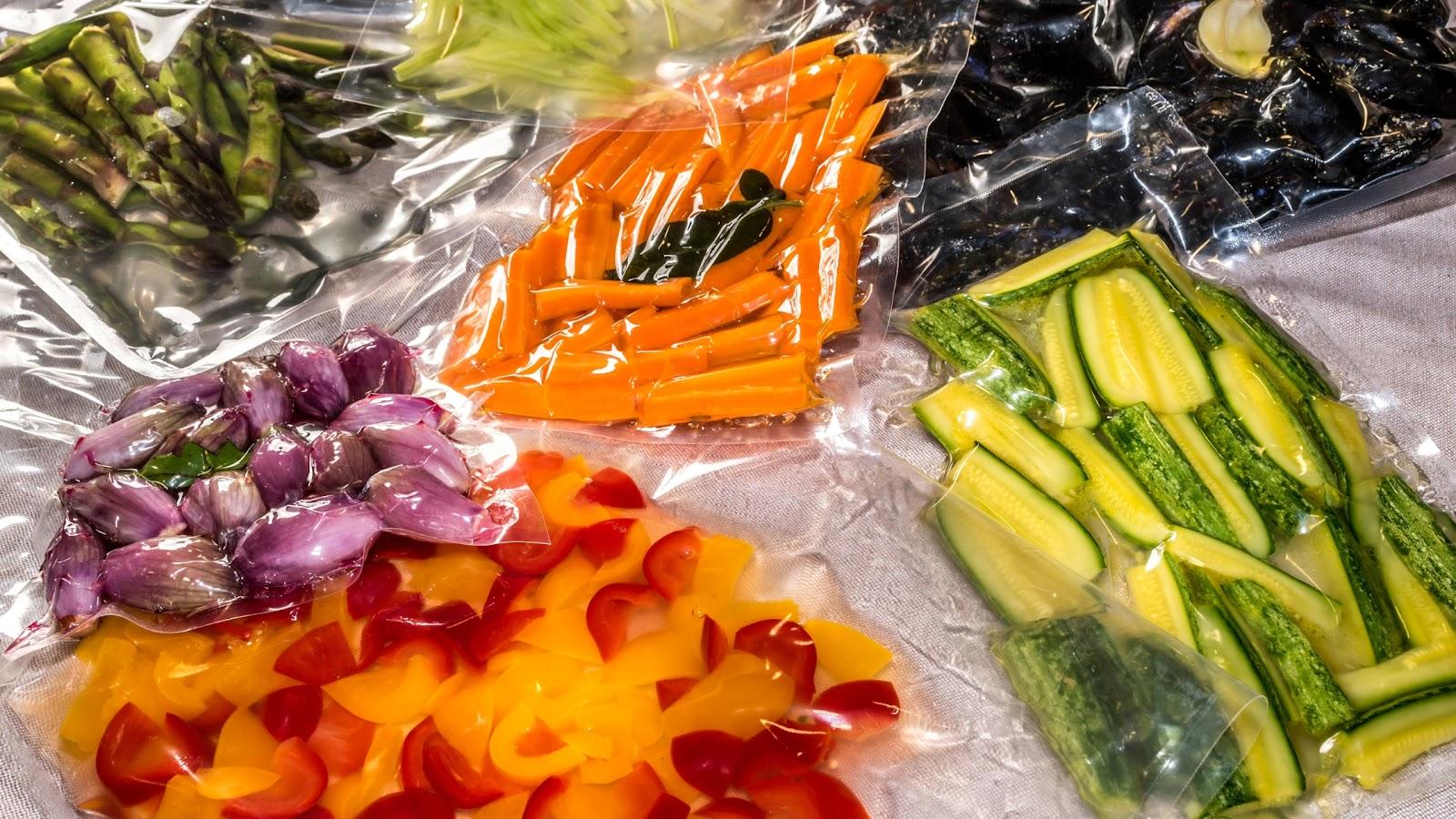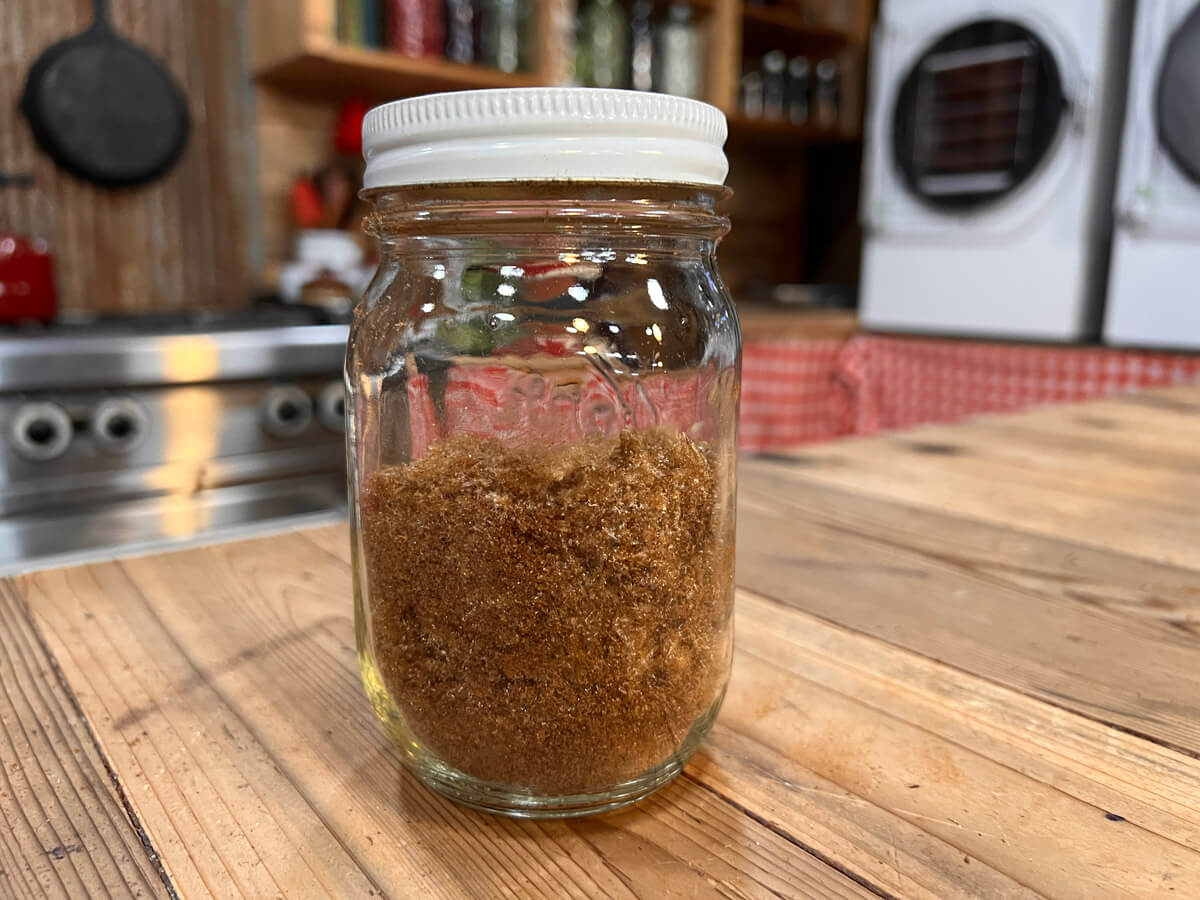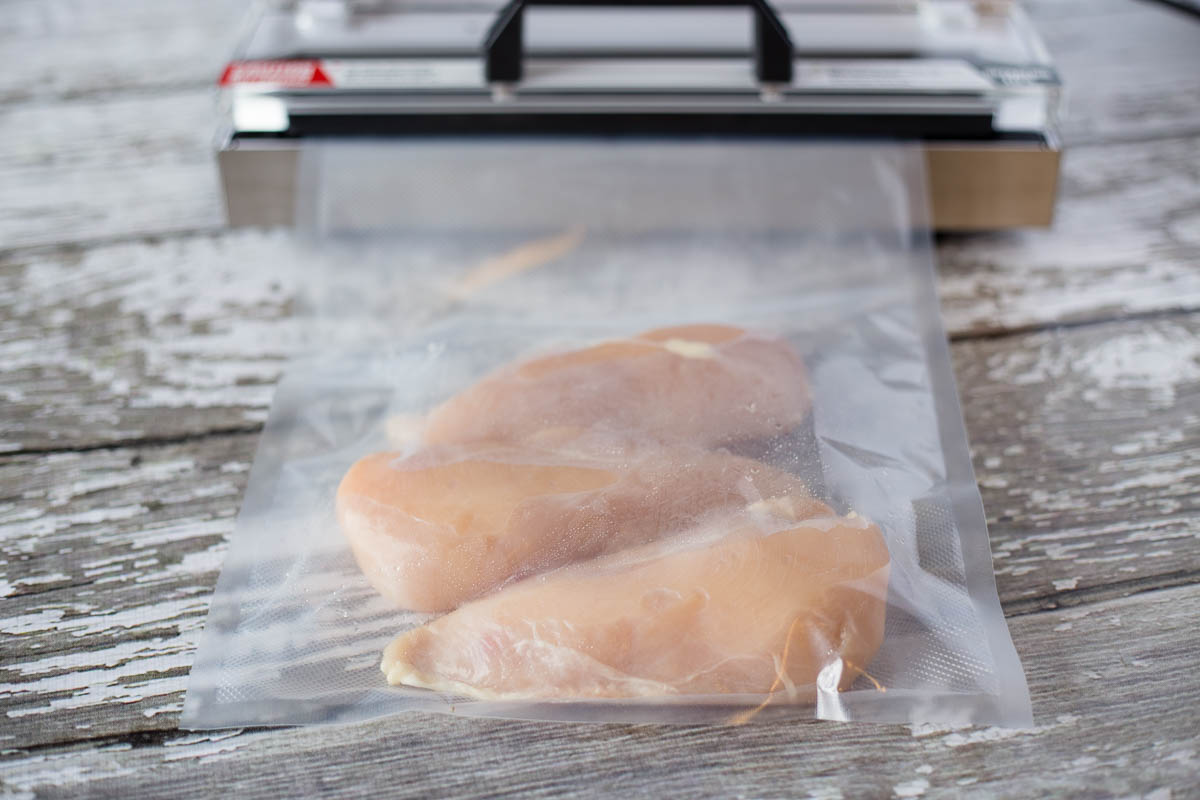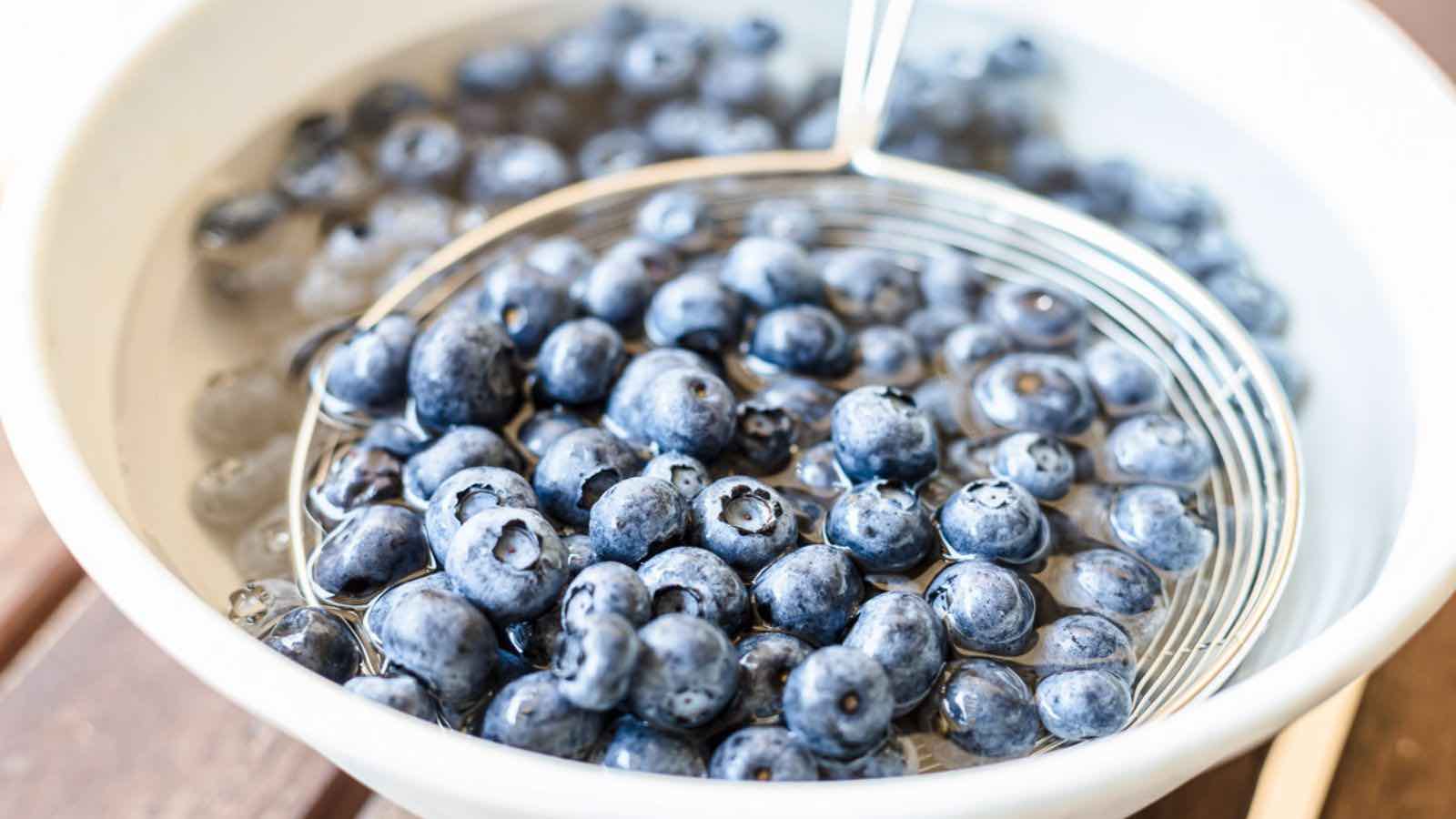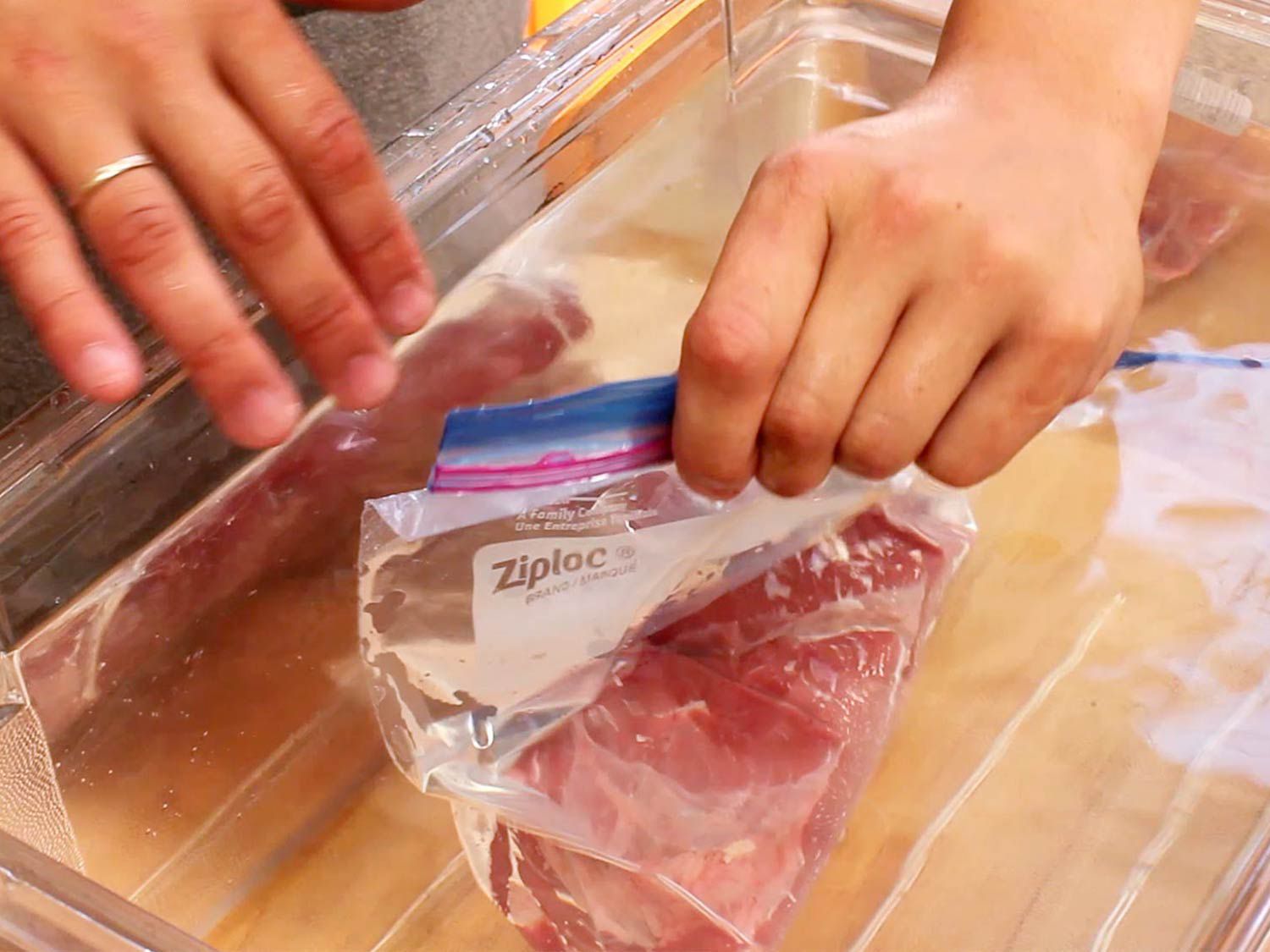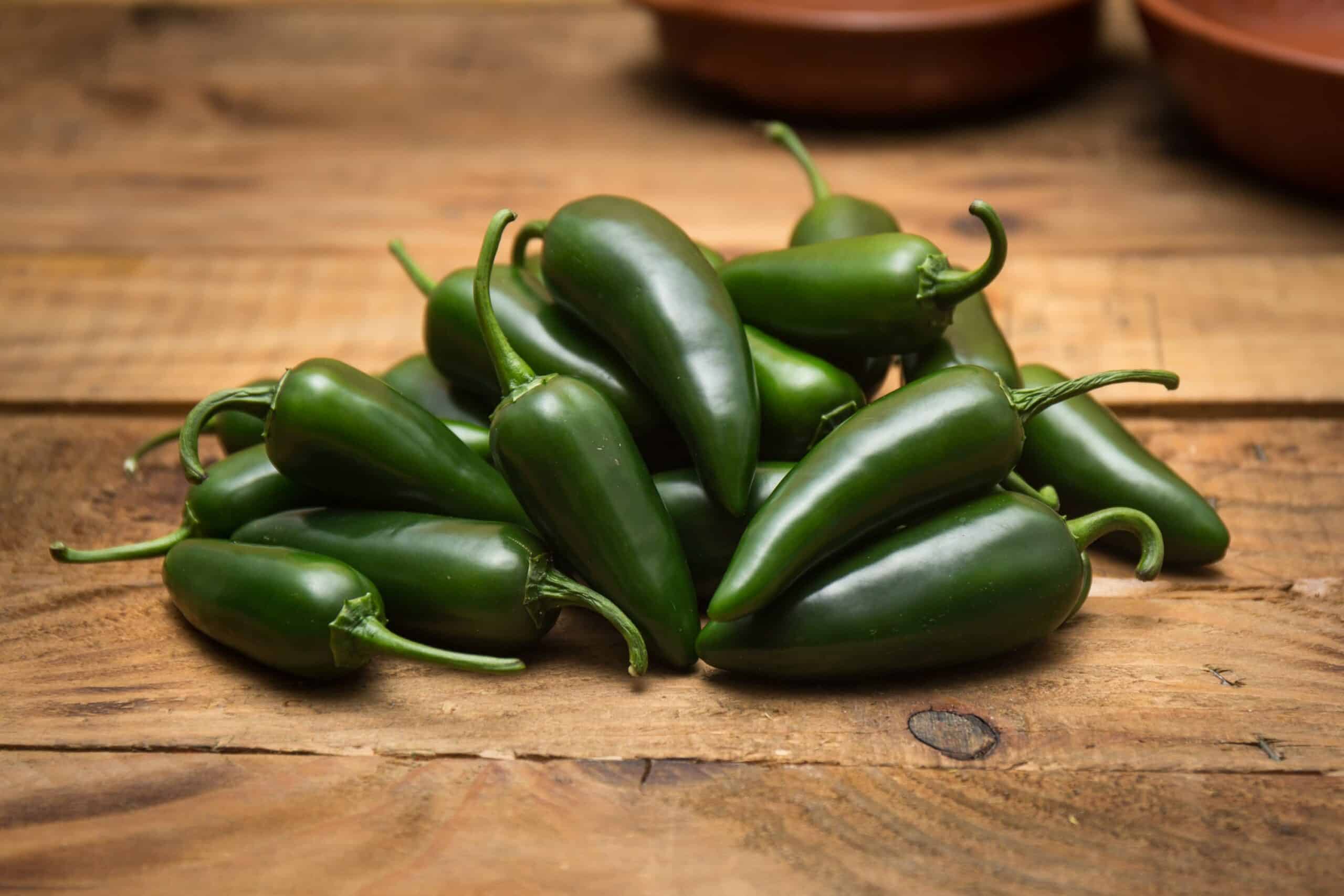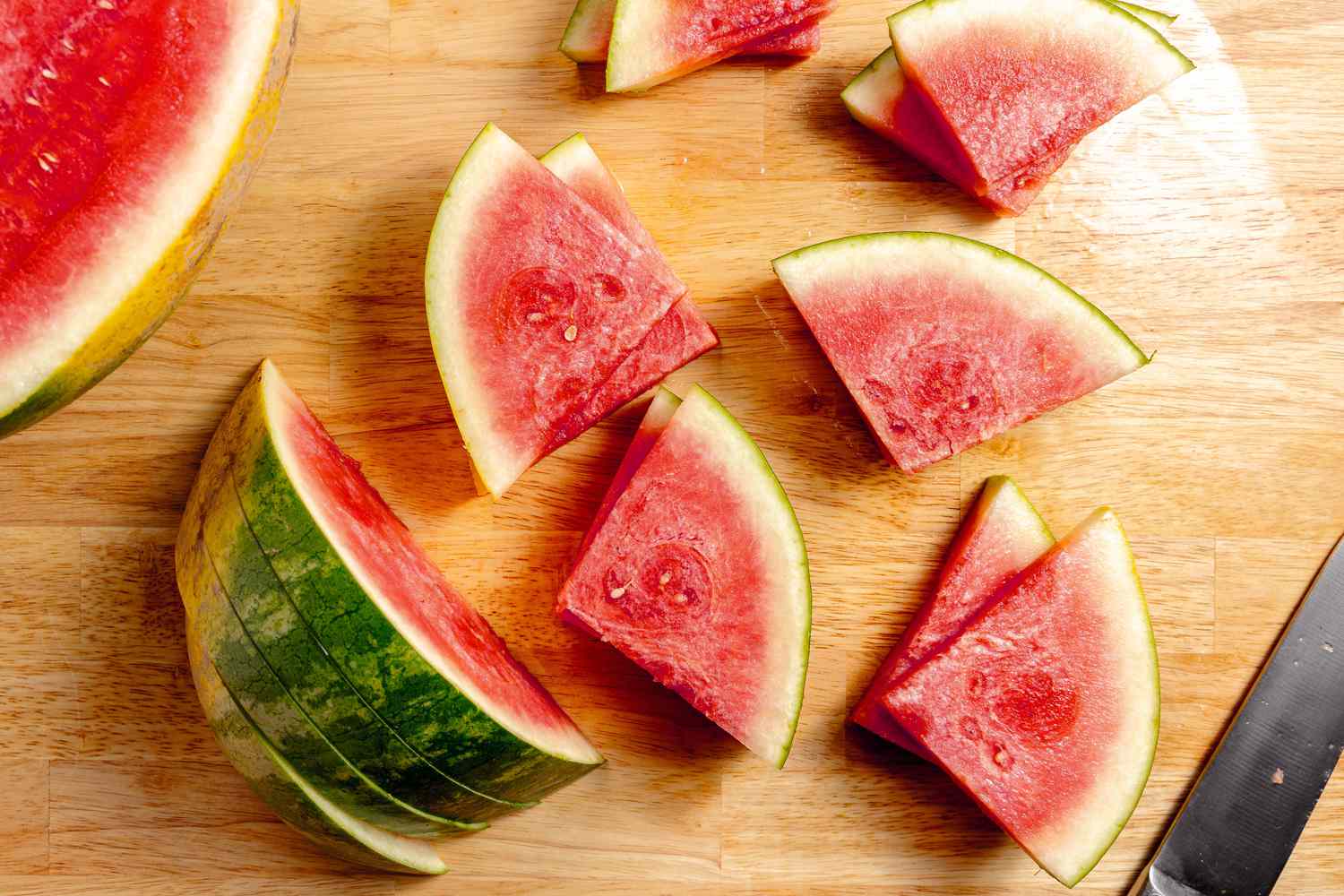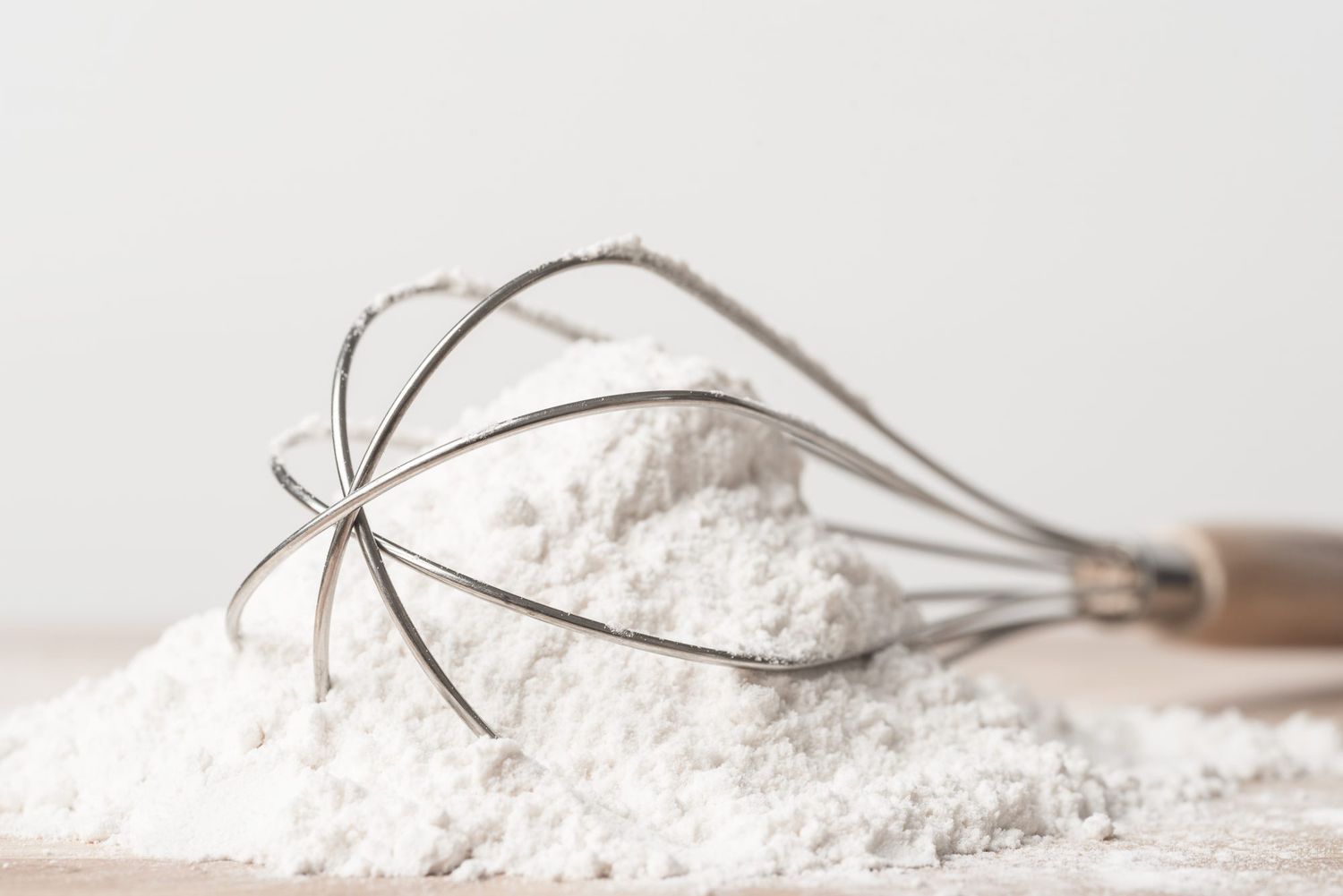Preserving the Freshness: A Guide on Vacuum Sealing Fresh Fish
When it comes to preserving the freshness of fresh fish, vacuum sealing is a highly effective method. By removing air from the packaging, vacuum sealing helps to prevent the growth of bacteria and maintain the quality of the fish for a longer period of time. Whether you’ve caught the fish yourself or purchased it from a market, vacuum sealing can help extend its shelf life and preserve its flavor and texture.
Steps to Vacuum Seal Fresh Fish
Vacuum sealing fresh fish is a simple process that can be done at home with the right equipment. Here’s a step-by-step guide to vacuum sealing fresh fish:
- Clean and Prepare the Fish: Start by cleaning the fish thoroughly and removing any scales, guts, and bones. Once the fish is cleaned, pat it dry with paper towels to remove excess moisture.
- Cut and Portion the Fish: If the fish is large, consider cutting it into smaller portions that are suitable for individual servings. This not only makes the fish easier to package but also allows for convenient portioning when it’s time to cook.
- Choose the Right Packaging: Select vacuum-sealable bags or pouches that are suitable for fish. These bags should be durable and able to withstand the freezing process if you plan to freeze the fish.
- Seal the Fish: Carefully place the fish portions into the vacuum-sealable bags, ensuring that they are arranged in a single layer for efficient sealing. Leave some space at the top of the bag to allow for proper sealing.
- Vacuum Seal the Bags: Using a vacuum sealer, carefully place the open end of the bag into the machine and initiate the vacuum sealing process. The machine will remove the air from the bag and create a tight seal around the fish.
- Label and Store: Once the fish is vacuum sealed, label the bags with the date of packaging and the type of fish. This will help you keep track of the freshness of the fish. Store the vacuum-sealed fish in the refrigerator or freezer, depending on when you plan to use it.
Tips for Vacuum Sealing Fresh Fish
Here are some additional tips to keep in mind when vacuum sealing fresh fish:
- Remove Excess Moisture: Before vacuum sealing the fish, ensure that it is thoroughly dry to prevent moisture from affecting the quality of the seal.
- Use Freezer-Safe Bags: If you plan to freeze the fish, make sure to use bags that are specifically designed for freezer storage to prevent freezer burn.
- Avoid Overfilling: When placing the fish in the vacuum-sealable bags, avoid overfilling to allow for proper sealing and to prevent the bags from bursting during the process.
- Consider Marinating: If you plan to marinate the fish before sealing, use a vacuum container or a vacuum marinating attachment to infuse the flavors efficiently.
- Regularly Check for Leaks: After vacuum sealing, periodically check the bags for any signs of air leakage to ensure the integrity of the seal.
Benefits of Vacuum Sealing Fresh Fish
Vacuum sealing fresh fish offers several benefits, including:
- Extended Shelf Life: Vacuum sealing helps to extend the shelf life of fresh fish by preventing oxidation and the growth of bacteria.
- Preservation of Quality: By removing air from the packaging, vacuum sealing helps to preserve the flavor, texture, and nutritional value of the fish.
- Convenient Storage: Vacuum-sealed fish takes up less space in the refrigerator or freezer, allowing for efficient storage and organization.
- Prevention of Freezer Burn: When properly vacuum sealed, fish is protected from freezer burn, maintaining its quality during long-term storage.
Conclusion
Vacuum sealing fresh fish is a practical and effective way to preserve its freshness and quality. By following the simple steps outlined in this guide and keeping these tips in mind, you can ensure that your fresh fish stays delicious and ready to be enjoyed for an extended period of time. Whether you’re preparing for a future meal or looking to store your catch from a successful fishing trip, vacuum sealing is a valuable technique for any seafood enthusiast.
Was this page helpful?
Read Next: How To Vacuum Seal Brown Sugar In Mason Jars

